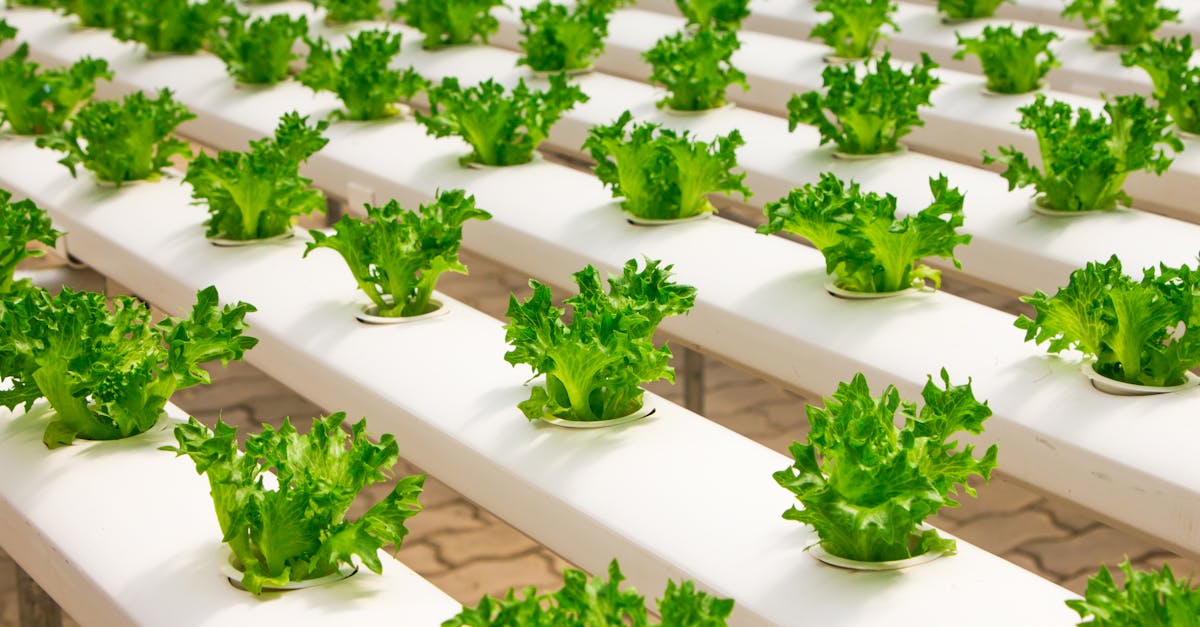Looking to kickstart your clone’s growth? We’ve got you covered with our expert guide on rapid start for clones.
Whether you’re a seasoned grower or just getting started, maximizing your clone’s potential is critical for a successful harvest.
In this text, we’ll jump into the key strategies and techniques to ensure your clones take off quickly and thrive throughout their lifecycle.
From optimal environmental conditions to important nutrients, we’ll walk you through everything you need to know to give your clones a head start.
Stay tuned for insider tips and tricks to enhance your cloning game and achieve impressive results in no time.
Key Takeaways
- Clones are genetic replicas of the parent plant and require optimal conditions for growth and development.
- Creating the ideal environment for clones involves maintaining specific temperature, humidity, and lighting levels.
- Selecting the right nutrients tailored for clones is crucial for their rapid growth and healthy development.
- Techniques like using a humidity dome, mist spraying, and rooting hormones can stimulate quick rooting in clones.
- Advanced tips include temperature control, air circulation, selective pruning, nutrient-rich media, and proper lighting for maximum clone growth.

Understanding Clones and Their Growth
When it comes to clones, it’s critical to grasp how they develop. Clones are genetic replicas of the parent plant, sharing the same traits and characteristics. Their growth is influenced by various factors like light, temperature, and nutrients.
Clones require a delicate balance to thrive. Ensuring they have optimal conditions fosters healthy growth and robust development. Monitoring their progress closely allows us to make timely adjustments for the best results.
To learn more about the fundamentals of clone growth, you can check out this guide on plant cloning techniques. Understanding the basics is key to successfully nurturing your clones.
Creating the Ideal Environment for Clones
When nurturing clones, it’s required to tailor the environment to their needs. Here’s how we can create the perfect conditions:
- Temperature: Maintain a steady temp of 72-80°F for optimal growth.
- Humidity: Keep humidity levels at 70-80% to prevent dehydration.
- Lighting: Provide 18 hours of light daily, mimicking the sun for photosynthesis.
To learn more about creating the ideal environment for clones, check out this guide on indoor growing environments. It offers valuable insights to help us foster healthy plants.

Selecting the Right Nutrients for Rapid Growth
When it comes to rapid growth for clones, selecting the right nutrients is key. Clones have specific needs, and providing them with the correct nutrients will help them thrive. Look for nutrient solutions tailored for clones to support their early development. Additionally, pay attention to the nutrient ratios to ensure a balanced diet for optimal growth.
Additionally, organic nutrients can be beneficial for clones as they are gentle on young plants. Consider incorporating important elements such as nitrogen, phosphorus, and potassium to support healthy root and foliage development.
After all to follow manufacturer instructions when feeding your clones with nutrients to prevent nutrient burn. For further guidance on choosing the best nutrients for rapid clone growth, check out this guide to nutrient solutions for clones.
Techniques to Stimulate Quick Rooting
When it comes to fast-tracking root development in clones, a few key techniques can make a significant difference:
- Humidity Dome: Placing clones under a humidity dome helps retain moisture, creating an optimum environment for root growth.
- Mist Spraying: Regularly misting clones with water keeps the environment humid, promoting root development.
- Rooting Hormones: Using rooting hormones can enhance the rooting process, leading to quicker and healthier root growth.
By incorporating these simple yet effective techniques into our cloning process, we can encourage rapid rooting and establish strong, healthy clones ready for transplant.
For more in-depth guidance on cloning techniques, visit Greenhouse Sensation and Gardening Know How for valuable insights.

Advanced Tips and Tricks for Maximizing Clone Growth
When aiming for optimal clone growth, consider these advanced techniques:
- Temperature Control: Keep the cloning area between 70-80°F to promote vigorous root development.
- Air Circulation: Ensure good airflow around clones to prevent mold and mildew issues.
- Selective Pruning: Trim excess leaves to focus plant energy on root growth.
- Nutrient-Rich Media: Use well-draining soil with a balanced nutrient profile for healthy roots.
- Lighting: Provide 18 hours of light to encourage robust growth.
For more in-depth guidance on maximizing clone growth, check out resources from Greenhouse Sensation and Gardening Know How.
